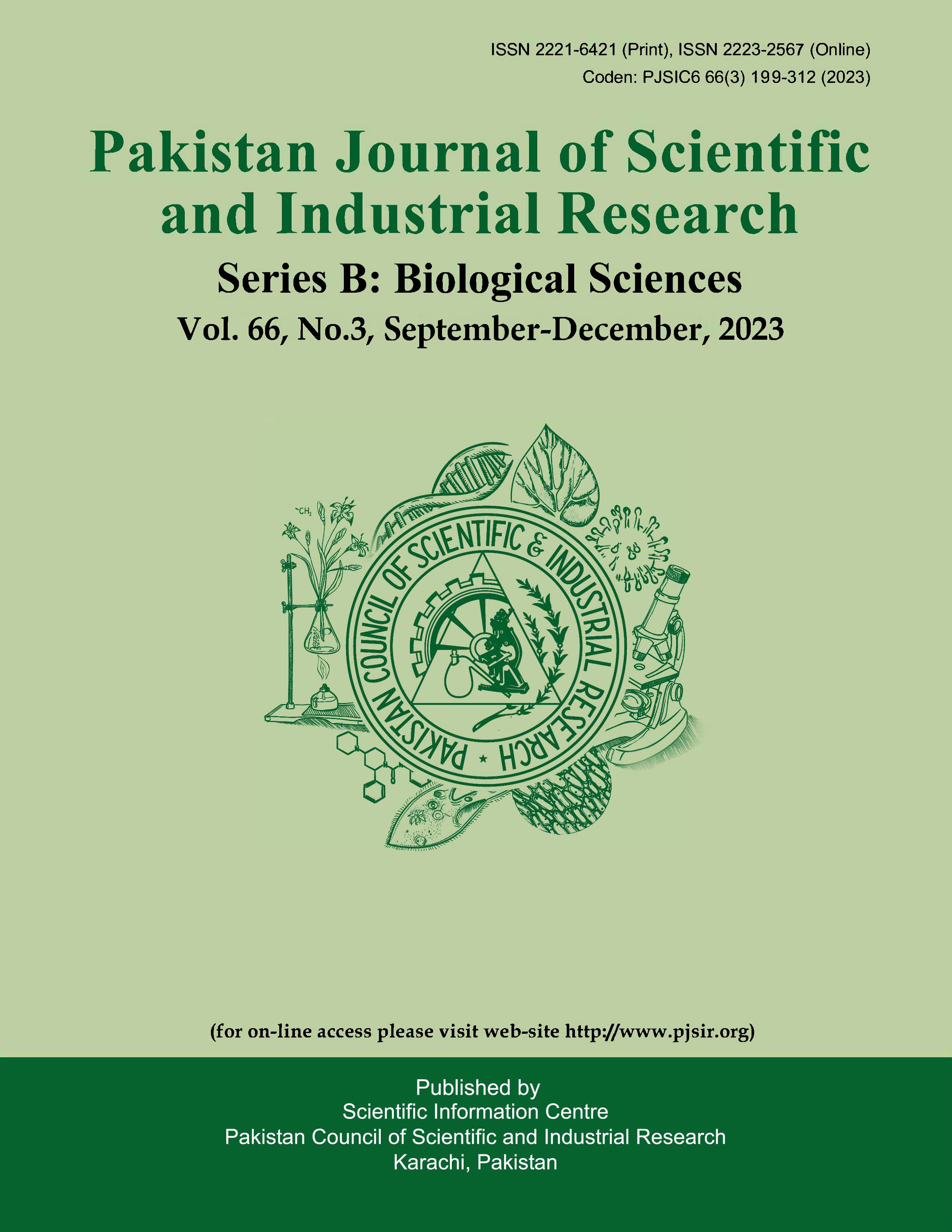Phytochemical Screening, Phytotoxic and Antimicrobial Prospective of Rangoon Creeper (Combretum indicum L.) Against Known Plants Bacterial and Fungal Pathogens
Prospective of Rangoon Creeper (Combretum indicum L.) Against Plants
Keywords:
antibacterial, antifungal, ethanolic extract, phytotoxic, phytochemicalAbstract
Currently, the world is facing a very serious issue of antibiotic resistance, the scientist is trying to develop new techniques and advance drug to compete with them. For this purpose, drug production from medicinal plants is a top trending act around the world. Keeping in view this idea the crude ethanolic extract and fractions of ethyl acetate and chloroform were screened to assess the preliminary phytochemical, phytotoxic and antimicrobial potential of leaves of Combretum indicum and also the same activities were carried out for the essential oil of Combretum indicum. The presence of various secondary metabolites in terms of alkaloids, proteins, carbohydrates, phenols, saponins, flavonoids, tannins and steroids determined through phytochemical screening. A comparison of the results were made with standard nystatin against Alternaria alternate, Aspergillus flavus, Polysphondylium pallidum and Fusarium oxysporum and tetracycline against Staphylococcus aureus, Streptococcus mutans and Methicillin-resistant and Staphylococcus aureus (MRSA) and Serratia marcescens. The highest antibacterial activity among leaves extracts was shown by ethyl acetate with an 18.33 mm zone of inhibition at a concentration of 15 µg/mL of inhibition and the highest activity by of essential oil was obtained with 14.67 mm zone of inhibition at a concentration of 20 µg/mL, while among the ethanolic leaves extracts and fraction of essential oil the highest antifungal activity was shown at 80 µg/mL each, with inhibition zones 12.67 mm and 13.33 mm, respectively. An efficient phytotoxic effect was shown by extracts of both leaves and essential oil against Lemna minor at 2000 µg/mL, while their activity was low at 20 µg/mL. Ethyl acetate leaves extracts showed the highest activity with 70.21% inhibition. A fraction of essential oil showed significant activity with 57.44% inhibition. The tested medicinal plant thus proved by the current research can be used to cure many diseases.


